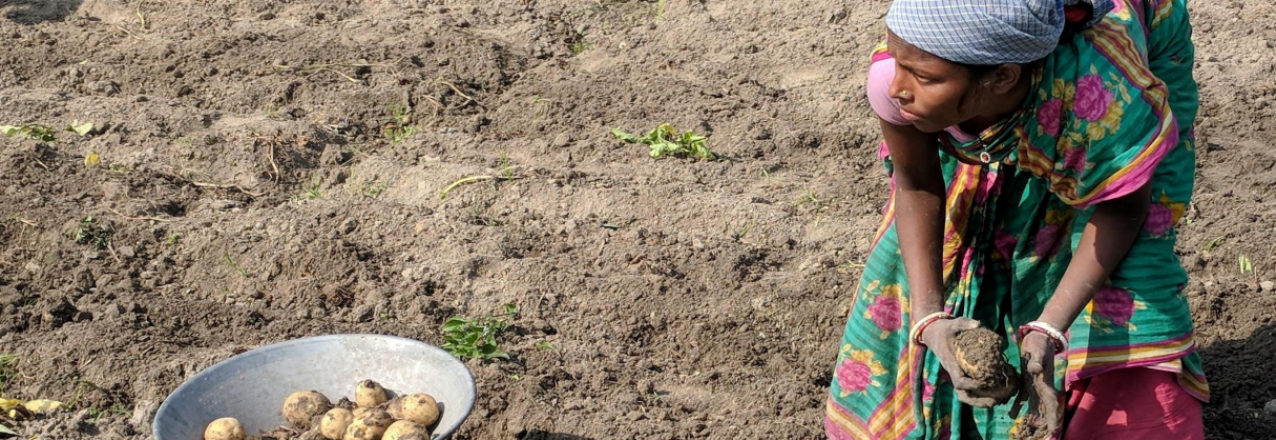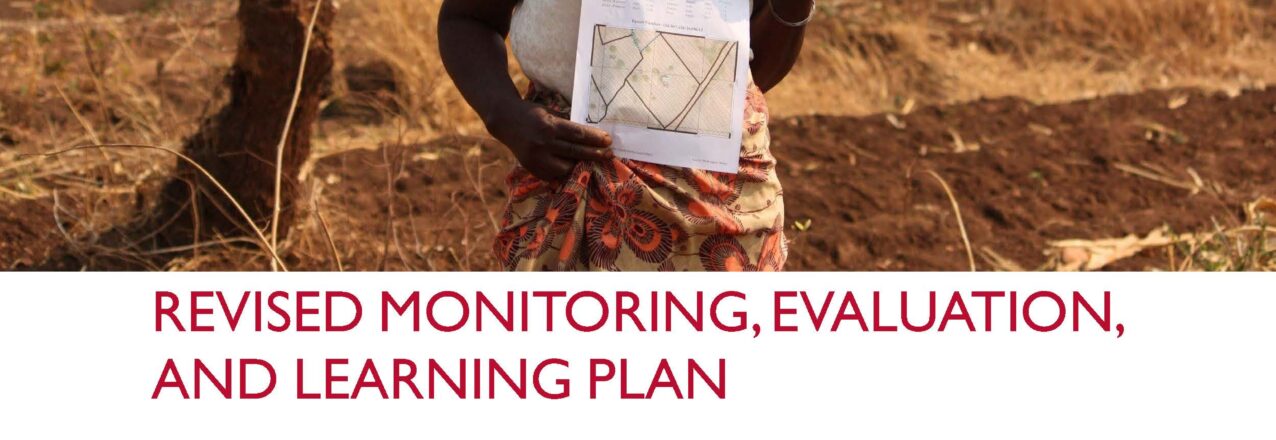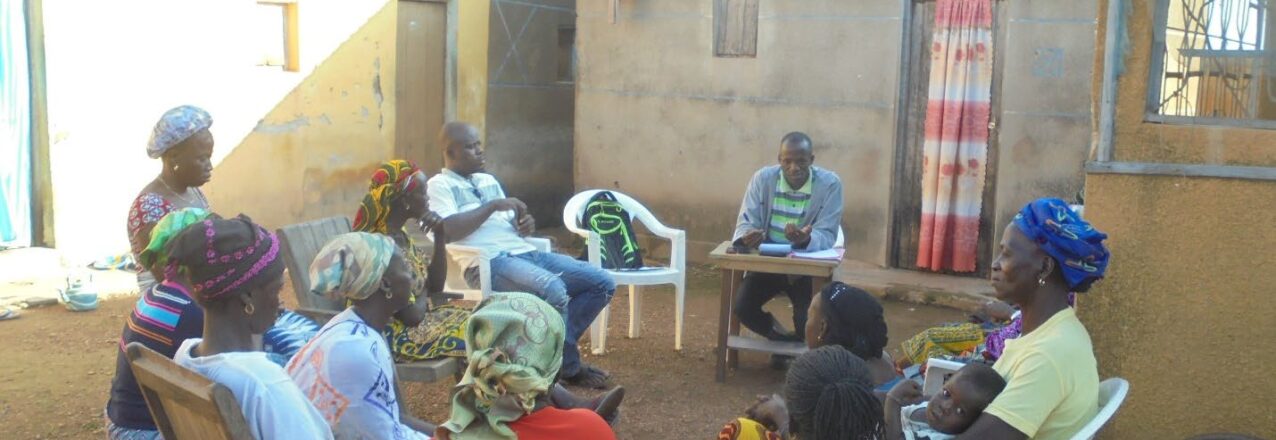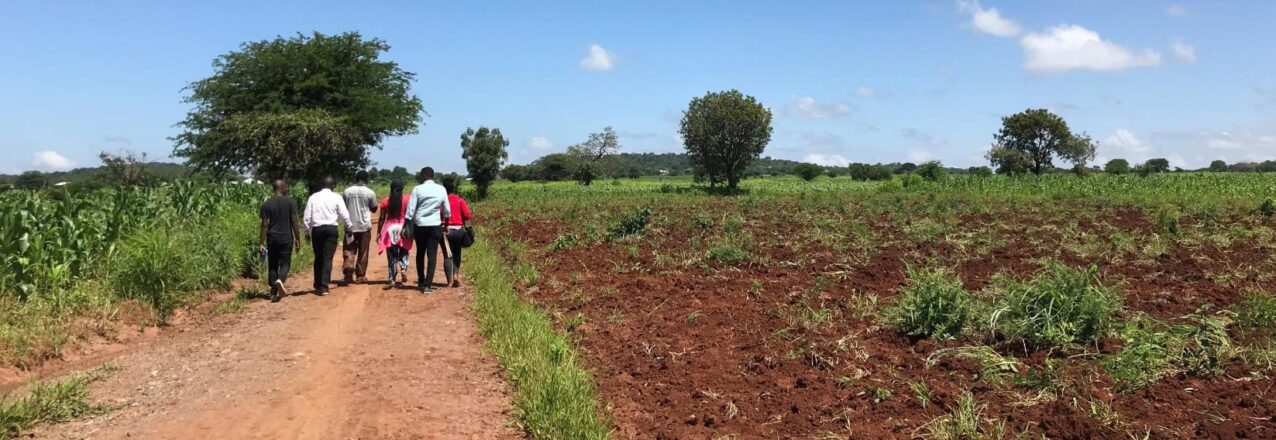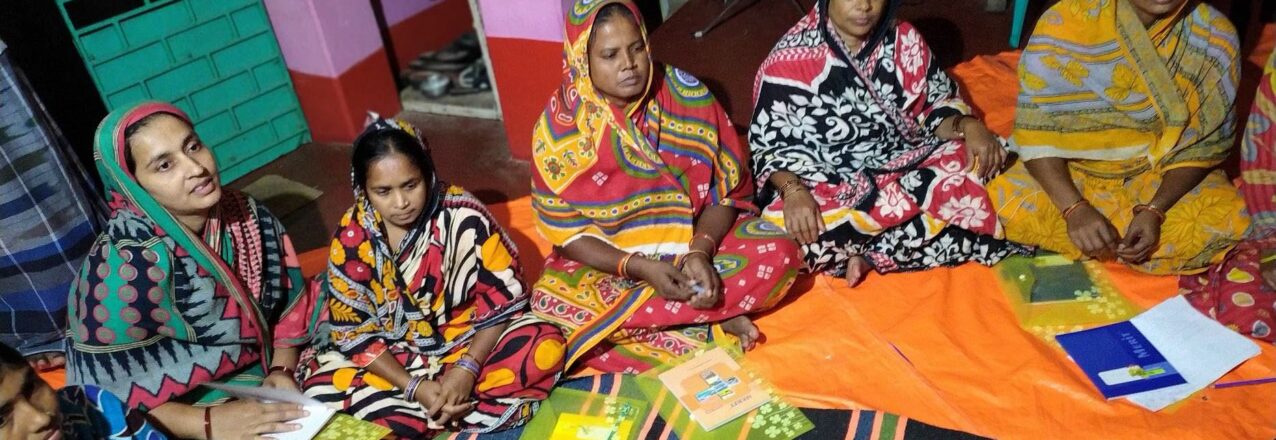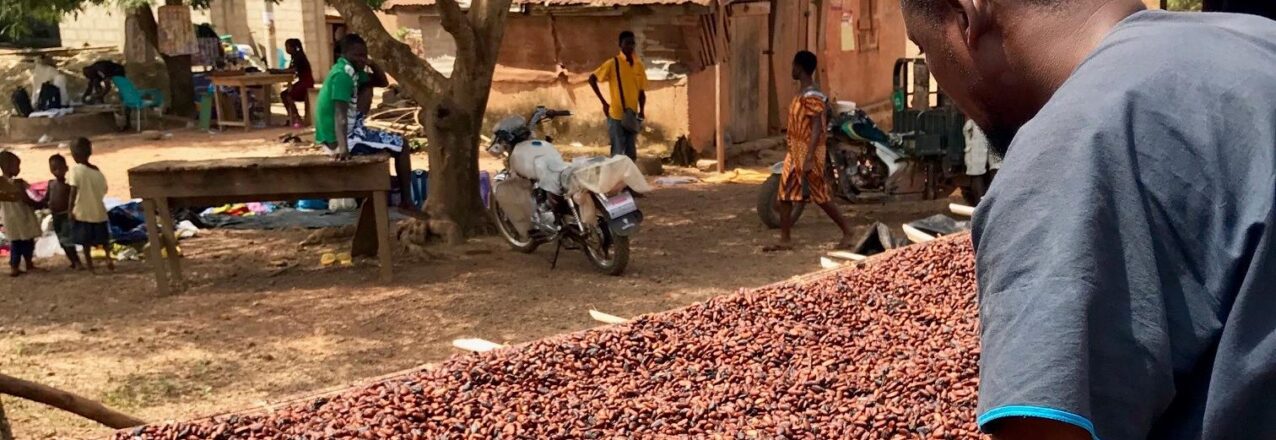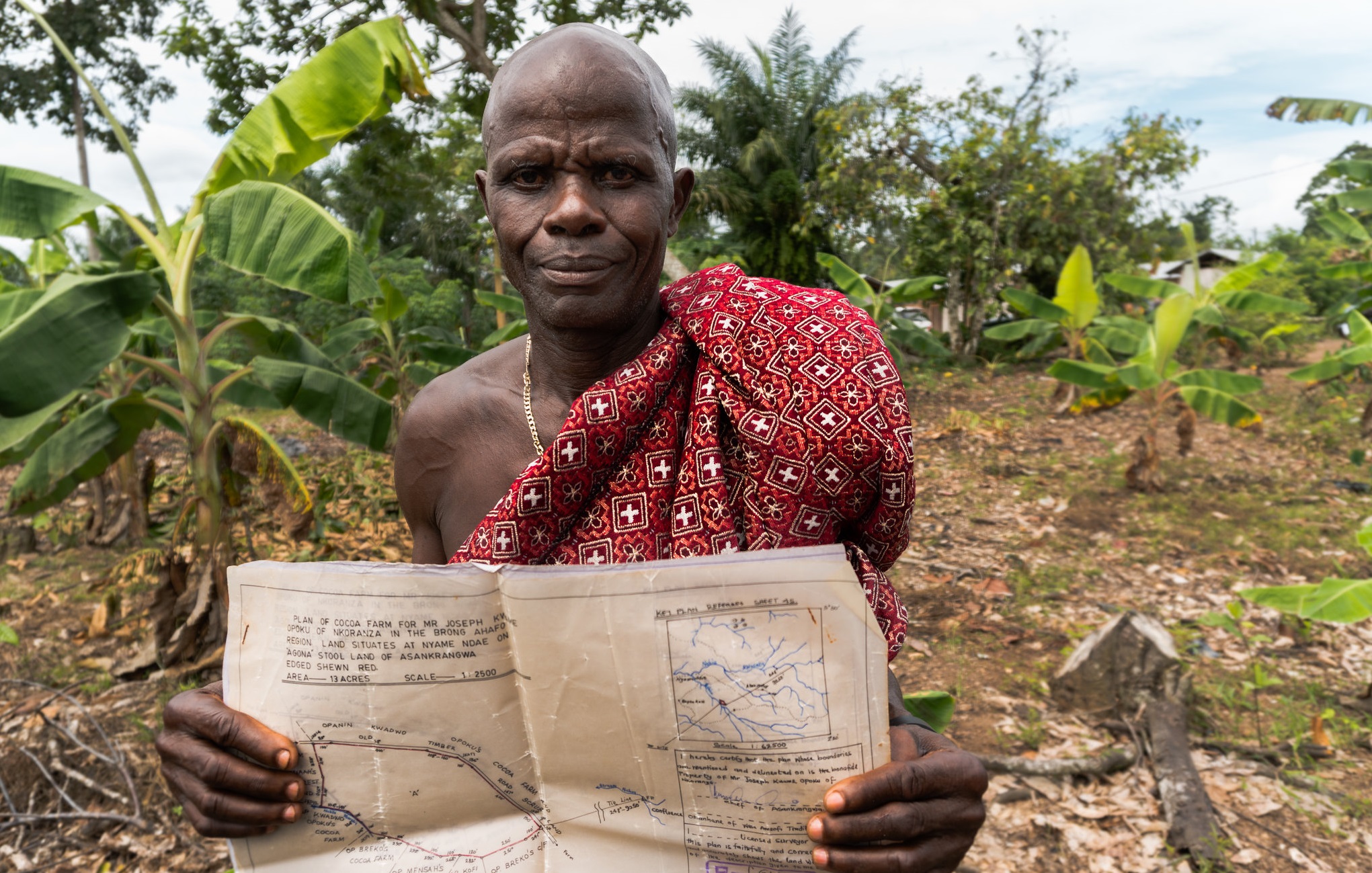 The ILRG II Monitoring, Evaluation, Research and Learning (MERL) Manager leads ILRG II’s MEL work, including overseeing data collection methodologies; receiving, reviewing, and providing feedback on data; and preparing data for reporting. This work is backstopped by the ILRG II Home Office MEL Director, with oversight by the Chief of Party (COP) and Deputy Chief of Party (DCOP). As ILRG II starts up country activities, the ILRG II global core team will identify a technical staff person (Tetra Tech staff, subcontractor, or grantee) to act as activity lead, as well as a MEL point of contact at the country level, responsible for collecting and reporting both quantitative and qualitative data to the MERL Manager. The MERL Manager compiles data for the COP to include in quarterly and annual reports.
The ILRG II Monitoring, Evaluation, Research and Learning (MERL) Manager leads ILRG II’s MEL work, including overseeing data collection methodologies; receiving, reviewing, and providing feedback on data; and preparing data for reporting. This work is backstopped by the ILRG II Home Office MEL Director, with oversight by the Chief of Party (COP) and Deputy Chief of Party (DCOP). As ILRG II starts up country activities, the ILRG II global core team will identify a technical staff person (Tetra Tech staff, subcontractor, or grantee) to act as activity lead, as well as a MEL point of contact at the country level, responsible for collecting and reporting both quantitative and qualitative data to the MERL Manager. The MERL Manager compiles data for the COP to include in quarterly and annual reports.
The team will prioritize the use of standardized data forms and open-source mobile data collection tools like Open Data Kit (ODK) or SurveyCTO to ensure that data from multiple countries is readily accessible to the extended ILRG II team. Our use of cloud-based data storage systems, Airtable for performance and monitoring data and Amazon Web Services (AWS) server for larger spatial datasets, allows multiple users to input indicator data into a central repository, reducing the staff time required to compile data from multiple different data sources submitted in varying formats. The ILRG II MERL Manager can view all input data and compile final numbers and can set up view profiles for each activity lead or reporting organization, so they are able to see all data submitted for their activity for the life of project. ILRG II will utilize real-time data visualization tools (PowerBI) to ensure information is digitized and easily accessible to USAID, implementing partners, and key stakeholders for simple analysis and application.
The Performance Indicator Reference Sheets (PIRS) (Annex 3) outline all data collection procedures and consider the data collection constraints in each country to tailor data collection and storage solutions to fit country circumstances. Subcontractors and grantees have MEL responsibilities written into their contracts or grant agreements and will be supported first by the respective activity lead. Once the MEL Plan is approved, the MERL Manager will provide guidance to all staff, subcontractors, and grantees, and will train the activity leads to support subcontractors and grantees to implement their MEL responsibilities efficiently and effectively. Written guidance will outline ethical data collection principles (see Section 2.3) and best data collection practices and will include appendices for standard operating procedures (SOPs) for relevant indicators with complex data collection methods. The MERL Manager will provide virtual and in-person assistance to support the activity leads as necessary. Well-trained staff with explicit roles and responsibilities linked to data collection and reporting will contribute to a smoothly functioning monitoring and evaluation system.


